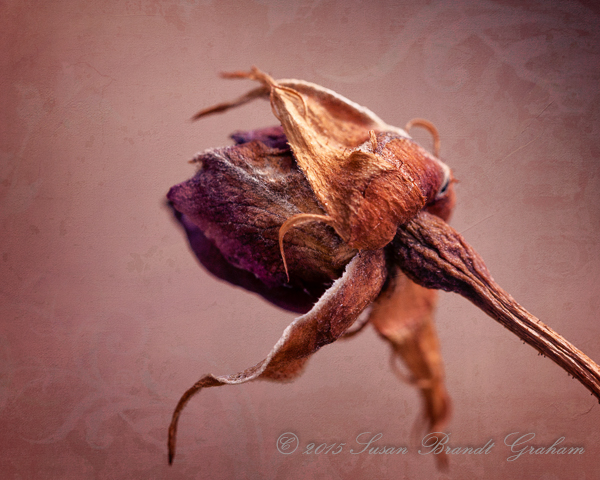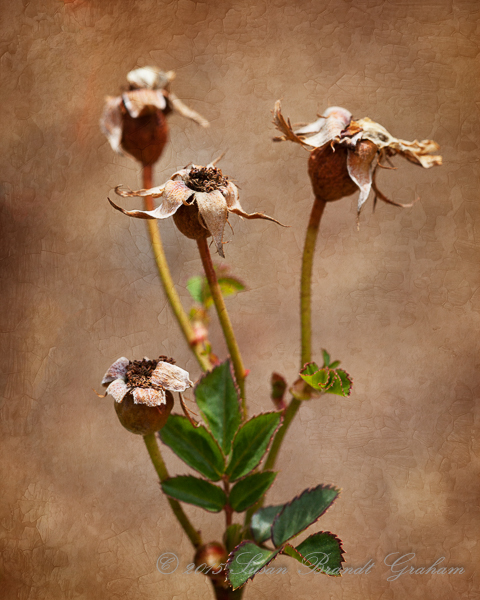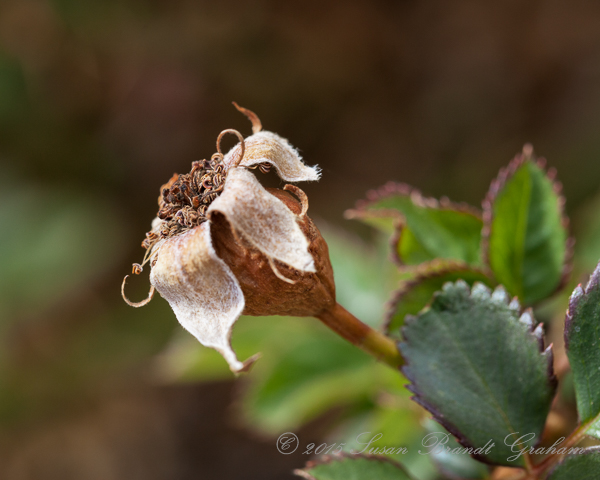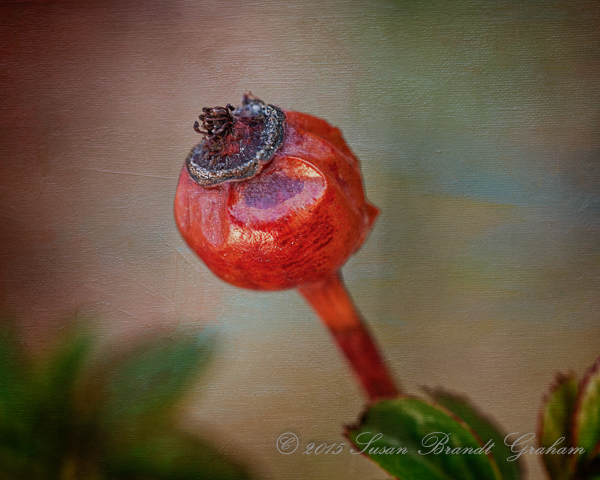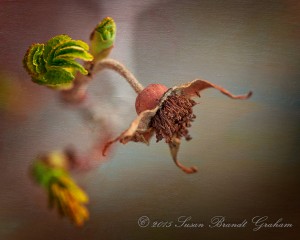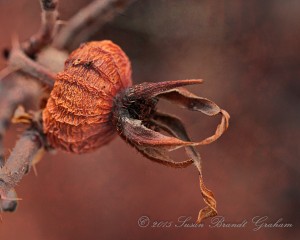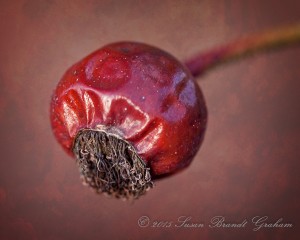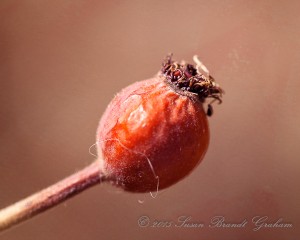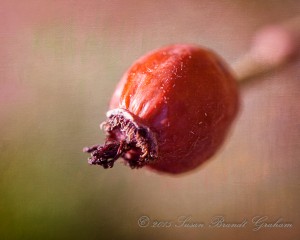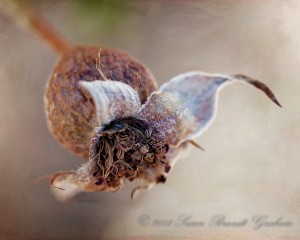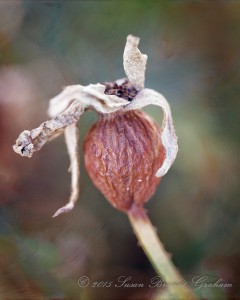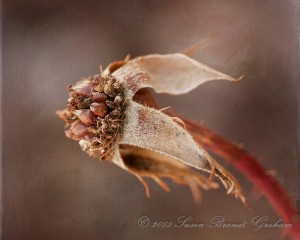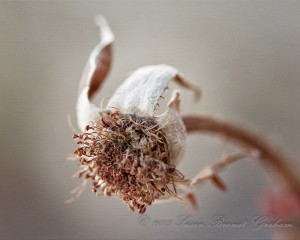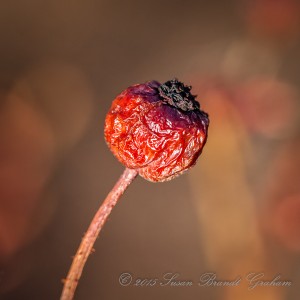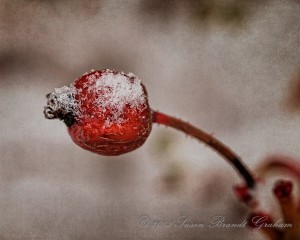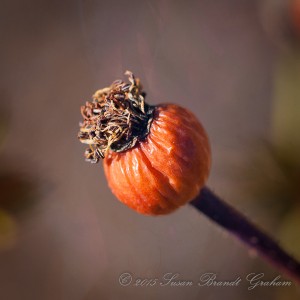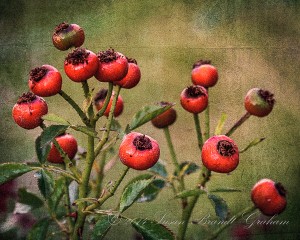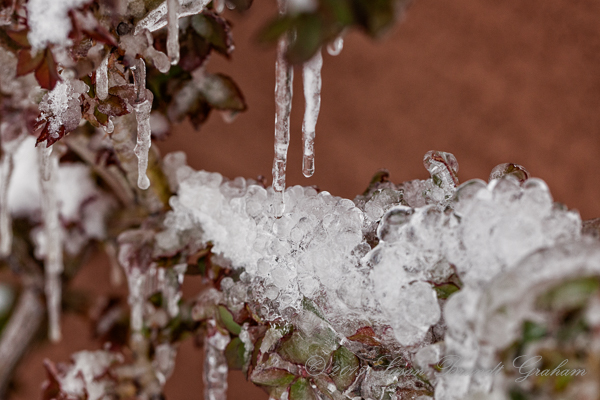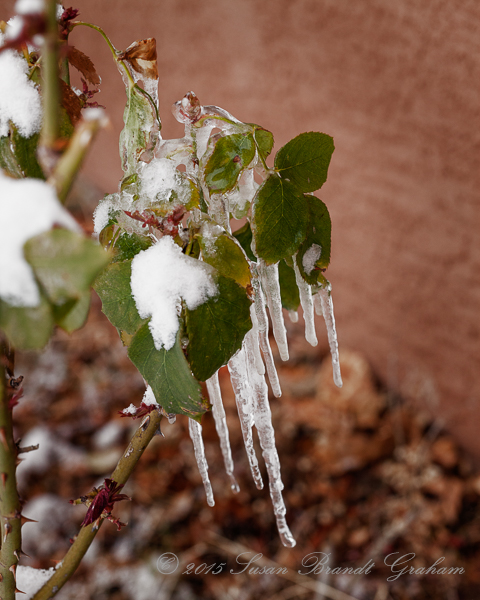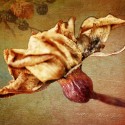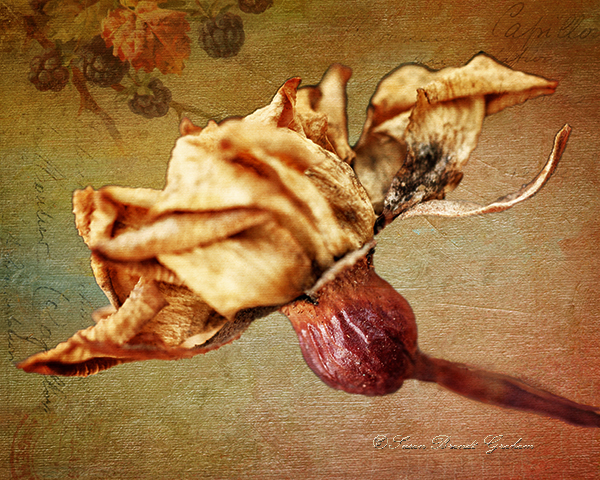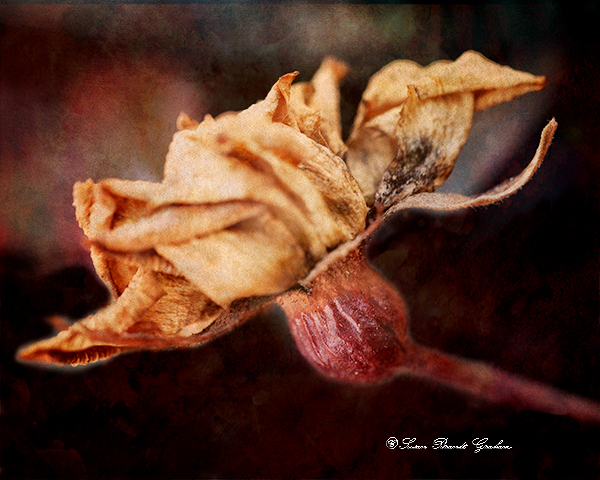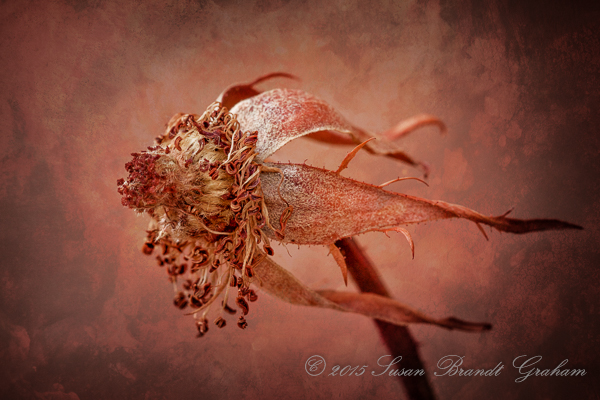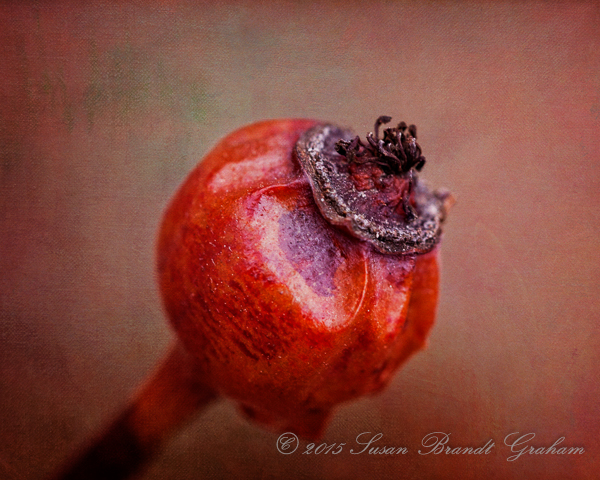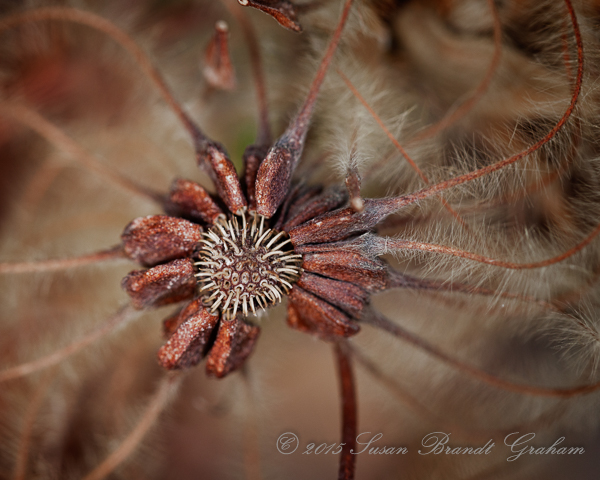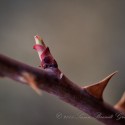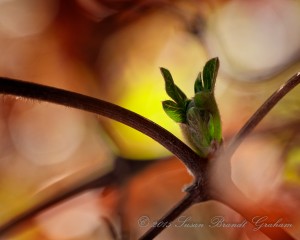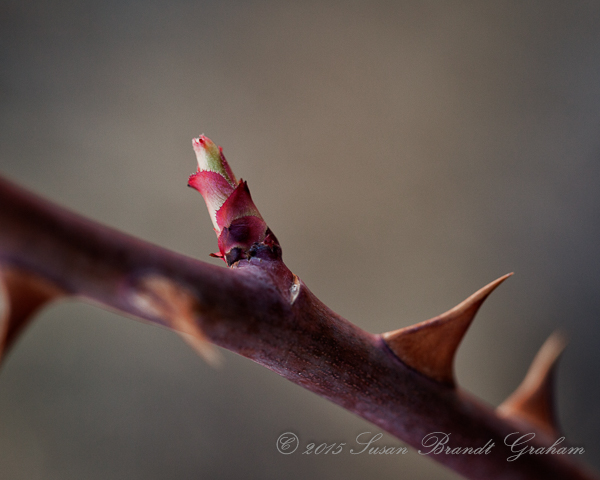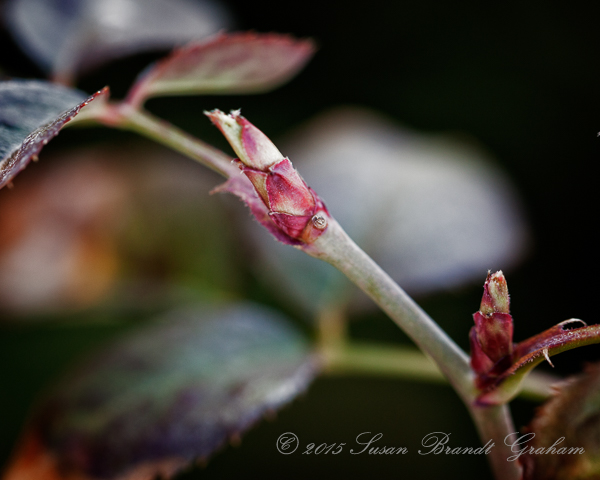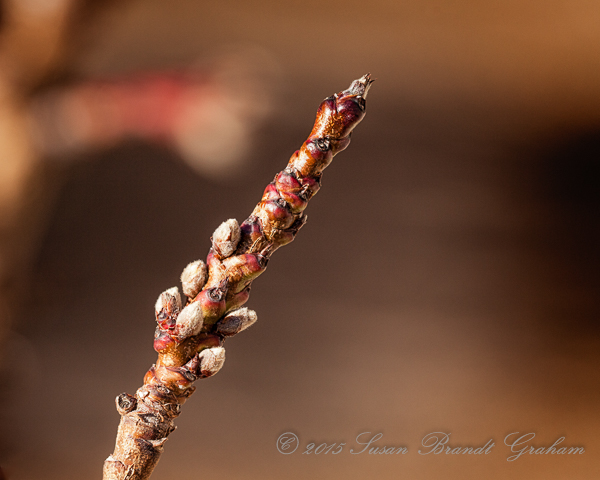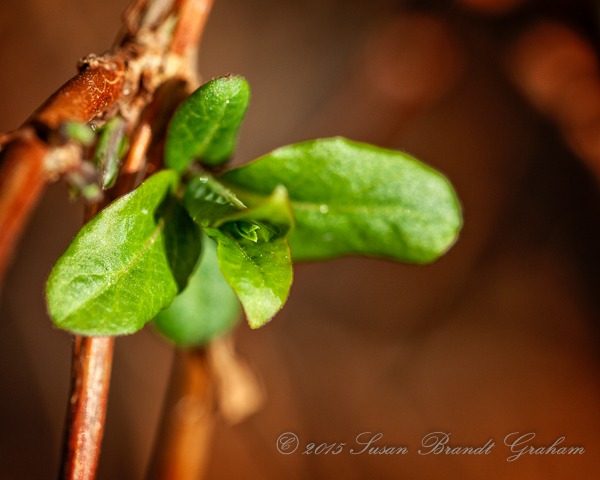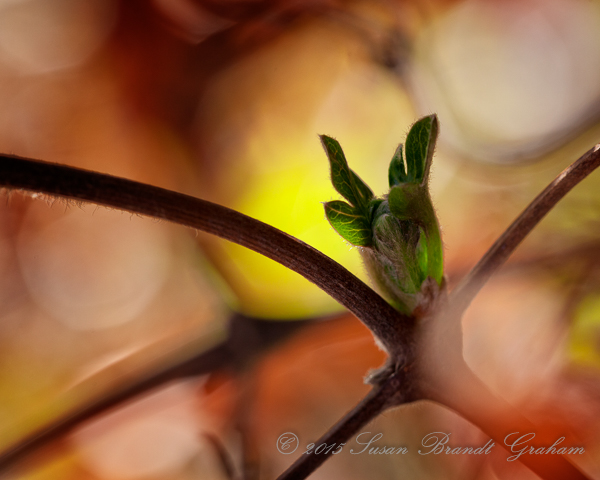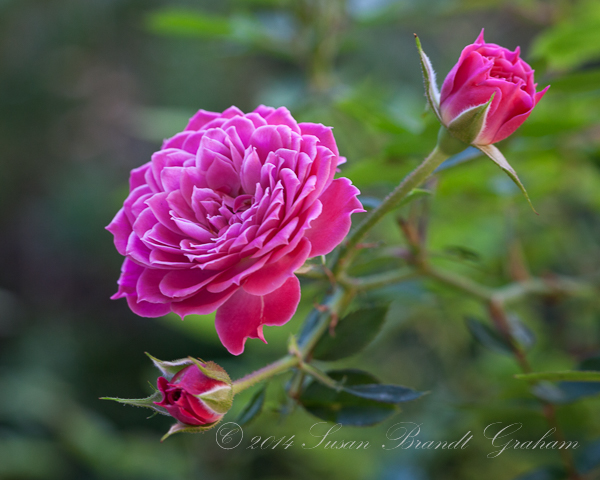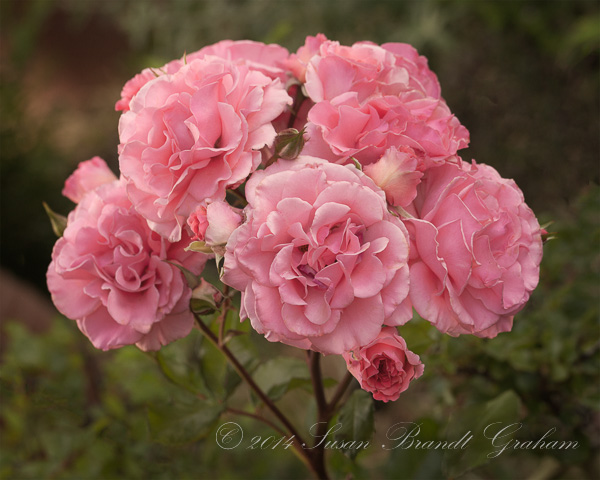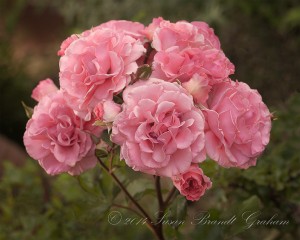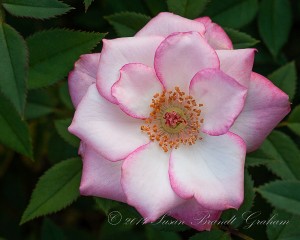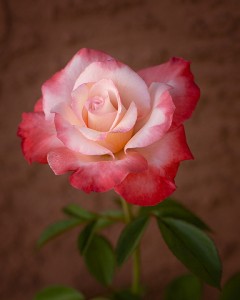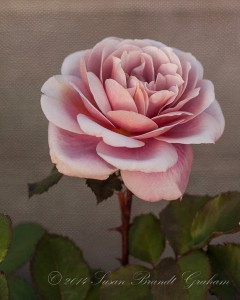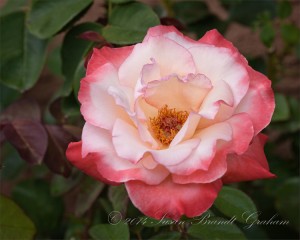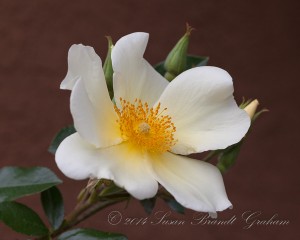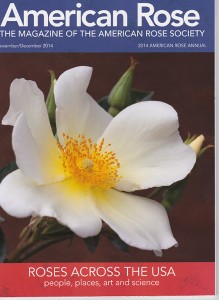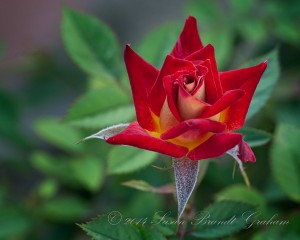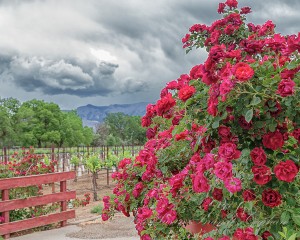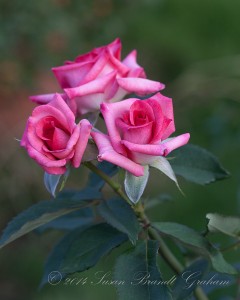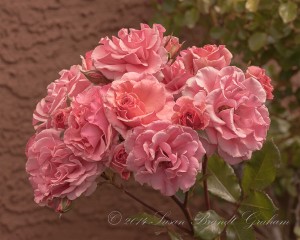Finding Beauty
Finding Beauty in the Unexpected: More Rose Hips
Finding beauty. What is beauty, anyway? And who gets to decide what it is? Beauty, of course, “is in the eye of the beholder,” and there may be as many definitions as there are beholders.
This year I have spent more time than ever looking at rose hips and spent blooms on roses in the yard than ever in the past. Maybe that is because the weather has been so beautiful, and yet I am not ready to prune the roses. Maybe it is because I have had the time to photograph them, and have found them interesting subjects. No matter why I have looked at them more, one thing is certain: I have learned a lot more about them than I knew before, such as there is such wide variability between varieties; each variety is pretty distinctive in its hip expression; all have their own unique form of beauty. I will admit that finding beauty sometimes took a little looking, however.
I think the one hip I found most beautiful from the very beginning was this one on ‘Fourth of July.’
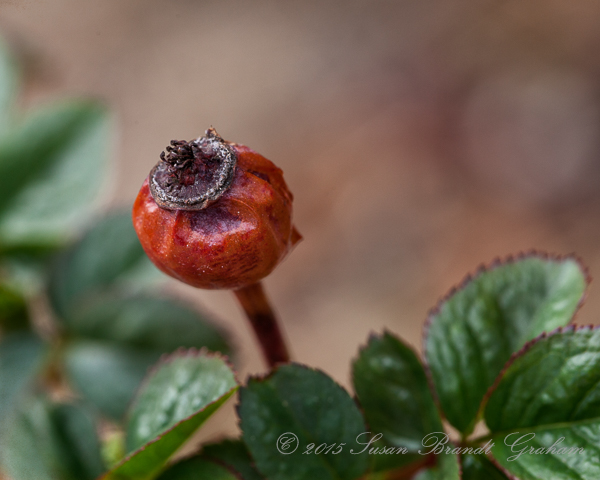
Hip of climbing rose, ‘Fourth of July’
Others are intrinsically interesting, especially in juxtaposition with new leaves beginning to emerge. This one is the hybrid rugosa, ‘Buffalo Gal:’

Hip and emerging leaves on hybrid rugosa, ‘Buffalo Gal’
And, for some, you may have to work just a bit harder at finding beauty. This is a hip of the Austin rose, ‘Othello,’ a beautiful rose with a fabulous scent. To be honest, I was amazed when I saw these hips. I have had the rose for some time, a gift, but this is the first year I ever “saw” these hips. It was an eye-opening experience! 🙂 )))))))))
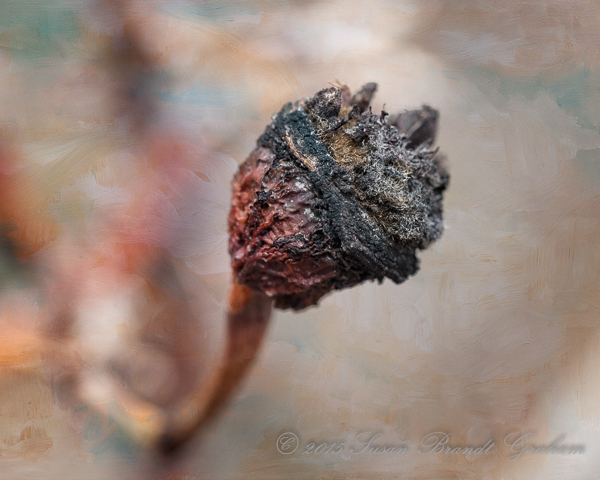
Hip of Austin rose, ‘Othello‘
Once I actually do prune the roses, watch for it, you know it’s coming, get ready – a gallery of the 2014-2015 rose hips collection from my very small yard!



